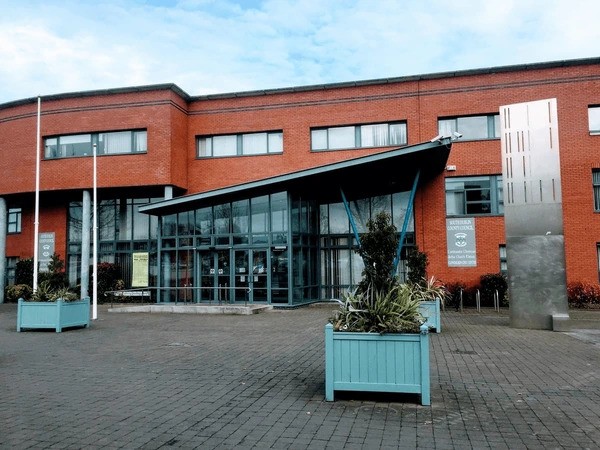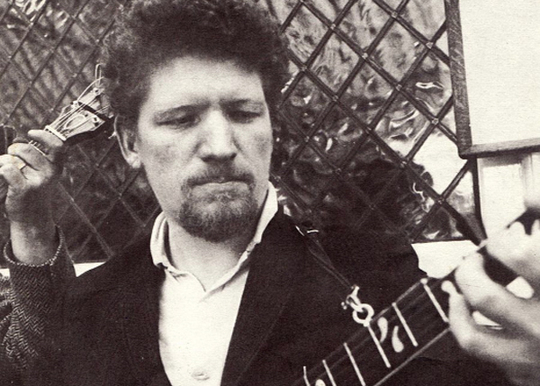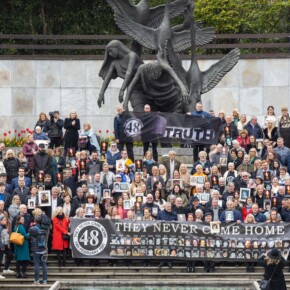Mountain to climb for Firhouse–Bohernabreena candidates
Mike Finnerty 10 Apr 2024
In political science, the “bellwether” refers to an area that is indicative of how the nation as a whole votes.
This paradigm is prevalent in Firhouse–Bohernabreena, the next constituency to be covered in our patented constituency breakdowns.
In this part of South Dublin, two Fianna Fáil, one Fine Gael, one Green and an independent were elected to South Dublin County Council in 2019.
The constituency only came into being at the 2019 local elections so only time will tell if this will become a government party-friendly constituency going forward.
At a Dáil level, the constituency sits in Dublin South-West.
2020 general election voters returned a Fine Gael, A Green, A Fianna Fáiler, A People Before Profit, and a Sinn Féin candidate.
2019 local election poll-topper, Fianna Fáil’s Deirdre O’Donovan, resigned from her position in early 2023 and was replaced by Lilian Gueret, while incumbent Emma Murphy will be staying on in her bid to retain her seat.
Gueret not being listed as a Fianna Fáil candidate is odd; Fianna Fáil scooped nearly 34% of first preferences in 2019, so the party appearing to run only Murphy this time out is a strange decision.
Murphy herself picked up nearly 14% of first preferences last time which should get her comfortably re-elected, but O’Donovan scooped 21%.
If it does turn out Fianna Fáil are running just the one candidate, the Fianna Fáil vote then becomes fragmented to the benefit of Fine Gael, Sinn Féin or independents.
At the 2020 general, at which O’Donovan was a candidate, Fianna Fáil scored 18% of first preferences among three candidates which marks the area as a stronghold.
Like their older Dáil sibling, Firhouse–Bohernabreena is a 5-seater, and in the context of a local election candidates need every last percentage point to get over the line.
Election races are number games at the end of the day, so the potential of a 21% vote-getter not running would majorly impact the race.
2019 saw Noel Francis Duffy re-elected to South Dublin County Council before riding the Green wave to the Dáil in 2020.
Since then, Clare O’Byrne has served in his seat, but the Green candidate on the paper in June will be Lyn Hagin Meade.
Hagin Meade has been representing the area since early 2022.
The Greens have problems across Dublin, but Firhouse–Bohernabreena isn’t one of those areas.
Across Dublin and nationally, the Green vote is expected to be well below their 2019 and 2020 levels, but fears of a Labour 2014 wipeout are somewhat unfounded.
Hagin Meade will inherit Duffy’s 16.3% of first preferences from 2019 (in fact, Duffy was within 38 votes of getting elected on the first count on that occasion) but even if Hagin Meade managed to lose half of that vote share she will still likely be re-elected.
Keeping on the coalition parties, Fine Gael will be confident in getting Brian Lawlor re-elected; the big question remains if there is enough to get a running mate elected alongside him.
Sarah Barnes will run alongside Barnes.
This is the first of these articles we have researched and written since Simon Harris was elected as leader of Fine Gael; there is no indication if the public mood has changed for better or for worse since Harris took charge and if Fine Gael has been impacted in the polls.
In a best-case scenario, Fine Gael will head into local elections with renewed confidence and in this context, have enough of a groundswell behind them to get 2 candidates elected.
If the 13-year itch gets to voters, Fine Gael could be looking at just one candidate elected with a reduced majority.
Current Mayor of South Dublin Alan Edge is lining out again in this constituency, and the independent candidate has the advantage of drawing support from left, right and indifferent.
Edge being elected Mayor of South Dublin earlier this year despite being in his first term as an elected rep is a testament to how highly he is held in regard by his fellow politicians.
Irish politics loves a fiery independent, and Edge provides, well, an edge to the race.
Sinn Féin, Labour, Social Democrats and People Before Profit will all be looking to take a bite out of the coalition here.
A worst case scenario for Government parties would involve just two, or even one, of their candidates being re-elected, with the other three going towards the opposition.
Sinn Féin appear to be best poised to take the fight to the coalition parties.
Seán Crowe’s astounding 29.7% of first preferences in the general election proves there is an appetite for Sinn Féin in this part of Dublin.
Sinn Féin only ran one candidate here in 2019 in the form of Sarah Holland.
Holland scooped 6.5% of first preferences in 2019 which provides at least some stats for the Sinn Féin boffins to work with ahead of June.
Holland will be running again in June, and Sinn Féin feel confident enough to run a candidate alongside her.
Róisín Mannion completes Sinn Féin’s ticket for June.
As we surmised last week, Sinn Féin are on the warpath for June and will look to steal voters from every party.
Sinn Féin are likely to be the main party of choice for people who are opposing the government but recent months have shown Sinn Féin attempting to ape the Fianna Fáil of old.
Their moderation dash has been made with the locals and the general in mind so a win here would vindicate the party’s decision to move towards the centre ground.
Paul Murphy represents the area at a Dáil level (and of course, got elected off the back of Crowe’s transfers in 2020) which demonstrates a taste for more explicitly leftist politics in this part of Dublin.
People Before Profit will be running Phil Foster in June, and there is reason to believe they could cause headaches for the other parties.
2020’s general proved that the party is able to pick up transfers from Sinn Féin, so there is precedent for the same to happen again in June.
The Solidarity wing of the party scooped 5% of the vote in 2019 which is something to build on.
The Social Democrats will be running newcomer Helen Meaney in the seat and will be looking to improve on their 5.7% vote share in 2019.
In those 5 years, the party has proven their ability to attract former frustrated Labour voters, Green voters from 2019, and voters concerned about capitalism but not keen on overthrowing it necessarily.
The added wrinkle is the party eating into Sinn Féin’s youthful voter base that turbocharged them in 2020.
Meaney is a youthful candidate herself who has called out “populist tax cuts” and could prove to be an answer to Sinn Féin and indeed dissatisfied voters.
On the Labour note, the party has not yet selected their candidate but it is not uncommon for a party to select a candidate as late as April.
In any case, they’d want to get their skates on; 8 weeks is enough time to learn how to play a Billy Joel song blindfolded, it isn’t enough time to run an effective local election campaign.











